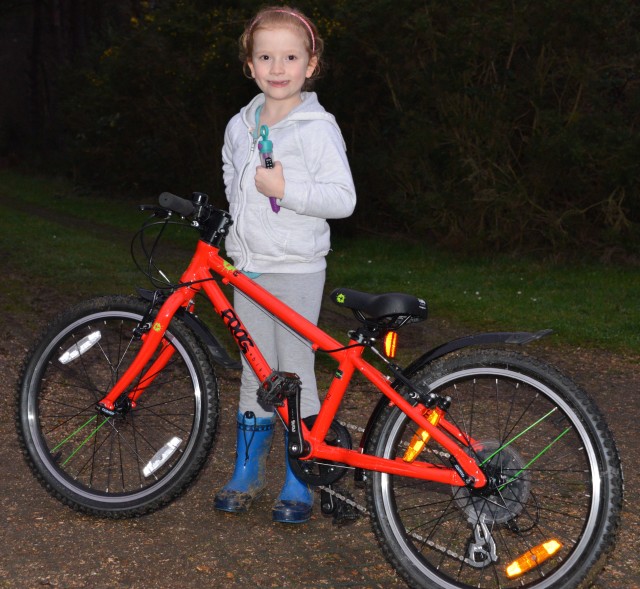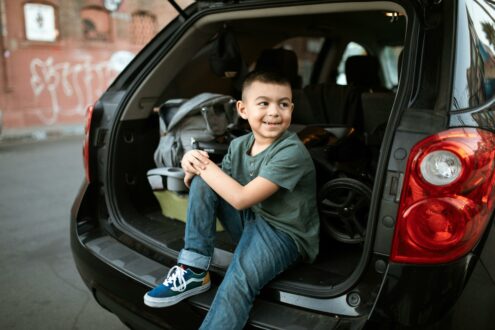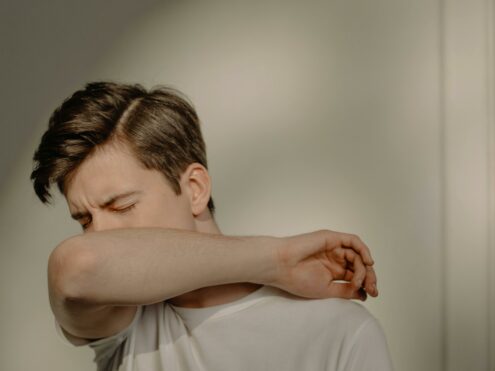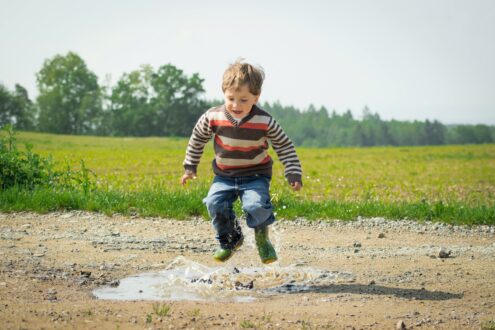Cycling is a fun and healthy activity for kids. Not only does cycling provide children with a dose of daily exercise, but it also allows them to develop a sense of independence and a love of the outdoors. What’s more, it could generate a healthy life-long habit that will continue well into adulthood.
Cycling is a non-contact sport, so you don’t have to worry about the risks associated with sports such as football or martial arts. However, your child will inevitably experience a few tumbles. Kids bike helmets provide the best form of protection against injuries caused by falls. Kids helmets are equally useful for children who are scootering, as scooter helmets can prevent up to 85% of injuries sustained from higher speed crashes and tumbles.
Choosing the right helmet
The first consideration when choosing Kids bike helmets is safety. Always insists for helmets with BSEN1078 certification, which conforms to the safety standard of the European General Product Safety Regulations. A Snell Foundation B90 certification has a higher safety threshold, but it is rarely available for children’s helmet.
Next, make sure that you get a helmet that fits your child well. A loose helmet will not offer sufficient protection, and might even cause further damage by accidentally focusing the impact on the fontanel, which is the most vulnerable part of a child’s skull. Helmets that are too tight, on the other hand, will feel uncomfortable and discourage your child from using them.
To find out the correct helmet size for you child, simply wrap a measuring tape around his or her head above the eyebrows. Record the measurement both in inches and centimetres as manufacturers may use either standards. When testing a helmet, check the internal foam protection. Some helmets come with thicker foams, so buy a slightly larger helmet to compensate for the reduced internal area. Don’t forget to test the straps. Ask your child to nod and shake their head to see if the helmet remains secure after the straps are tightened.
Does a toddler require a helmet as well?
Train your toddler to start using a helmet as soon as they start to ride a balance bike or bicycle. Get them into the habit of wearing helmets from a young age. And lead by example – wear a helmet yourself.
However, keep in mind that a toddler’s neck may not be able to support the weight of a certified helmet just yet. Until they are able to, make sure to use lightweight helmets. Even if the level of protection is lower, these uncertified helmets will still be able to offer a measure of protection.
Helmet safety tips
Helmets are designed to withstand a single crash. If your child has been involved in an accident or crash, please get a replacement helmet immediately as the integrity of the existing helmet may be affected.
Helmets do not offer multipurpose protection, and are certainly not meant to be used for daily activities. Please remind your child to take off the helmet when playing in the park or front yard. The straps can get stuck on playground equipment, trees and other inanimate objects, and expose your child to the risk of strangulation.








Leave a Reply